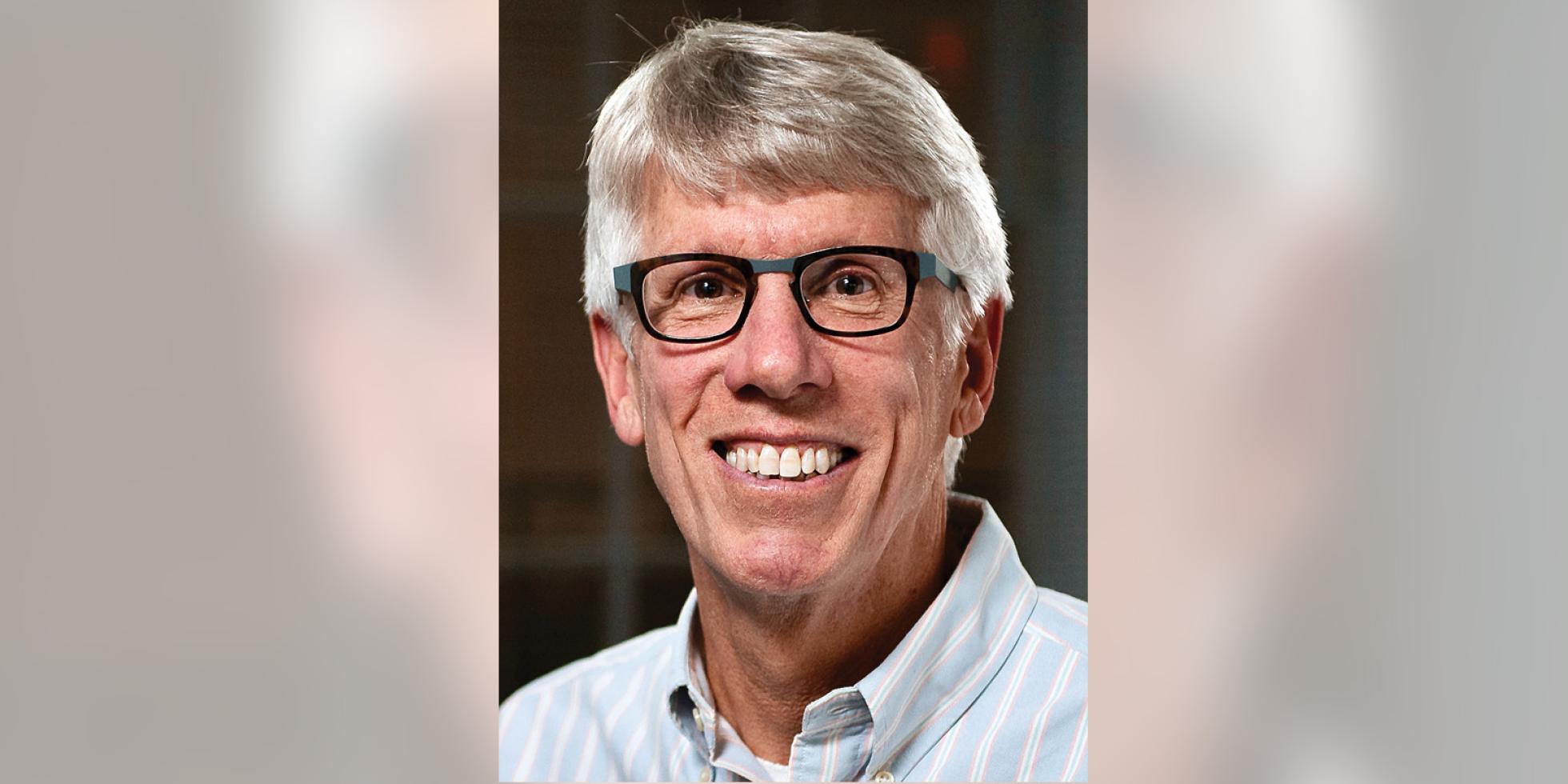I am a 65-year-old gay male in a monogamous marriage. I have been HIV-positive for over 30 years. I have an undetectable status, and am on one-pill-a-day ART.
When did you participate in an ATI trial?
I participated at the National Institutes of Health (NIH) from December 2016–December 2017. My ATI lasted 78 days. There were 15 participants. During the study, I received nine infusions of vedolizumab [a monoclonal antibody]. In addition to extensive bloodwork, I had apheresis, a procedure that separates white blood cells from the rest of the blood, three times.
What was it like for you to participate?
Study participation was empowering. It reawakened the dormant community activist in me. It made me realize that the ART that I take for granted and the resulting Undetectable = Untransmittable, U = U, status that I enjoy, are not universally available. My ATI was both liberating and scary. I have taken meds for so long, that to be free of the daily worry was wonderful. But that came with a price—would the hammer fall (virus rebound) and when? I also realized that my spouse was affected by my participation. It was a large time commitment that changed his life, too.
What do you wish had happened before the ATI?
I would have liked to talk to someone who had done an ATI—not just study doctors who oversaw them—and see statistics on ATI studies. I did not have a clear understanding of the role of the study doctor. I interviewed and reviewed the consent form with him. I thought I would be seeing him on a regular basis. This was not the case. Luckily, I had a wonderful study coordinator. But these roles should be clear—participants are people, not “subjects.”
What happened during the ATI?
I am lucky that my private insurance covers mental health. I continued to have regular therapy sessions during my study. It was important to me to be able to talk with someone outside of the study team about my feelings.
Are you willing to share how you approached partner protections during the ATI?
For us older folks, we learned how to work around the fear of transmission. Condoms, or “safer” practices, were the norm. Some of us never really stopped using condoms, even after U=U. It was too ingrained. I would have loved to see at-home viral load tests during my ATI. My big worry was not knowing when or if my HIV would return—just something that would say “detectable” or “undetectable” would be a great relief!
What do you wish had happened afterward?
I wish there had been follow-up. ATI participants risk a lot. I do not think it is too much to ask that after the study ends, someone from the team, say six months later, check-ins with the participants, just to make sure they are okay physically and mentally.
What is your call to action or change?
There should be follow-up after completion of participation. I am concerned that participants may feel used and discarded after their ATI trial, thereby harming community interest in future research participation, especially as a core group of older, long-term survivors “age out” of participation eligibility.
The need for mental health preparation and support for study participants is, to me, clear. Many studies have some form of mental health questionnaire during the actual study period. For many, this is not enough. It’s also done by the study team, which may not be the ideal forum. More importantly, all support ends when the study ends. This needs to change.
I strongly believe that some form of mental health follow-up is needed.
Another overlooked aspect of protection of a participant’s mental health is in the rollout of study findings. Many of the ATI studies are small enough that some form of “heads up” to participants can be given when results are coming out.
These small changes will help to make a participant feel like a partner in the study, rather than a subject.
Back to: Actively searching


